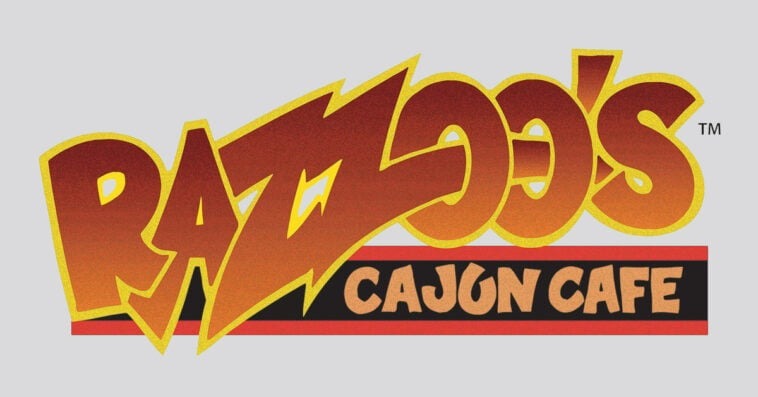A beloved name in Southern dining is in hot water. Razzoo’s Cajun Cafe, the Texas-based seafood restaurant chain known for its lively atmosphere and bayou-inspired fare, has filed for bankruptcy amid heavy competition from rivals. Once a go-to spot for gumbo and gator tails, the chain is now seeking court protection to stay afloat — but can it weather the financial storm long enough to make a comeback?
Razzoo’s Cajun Cafe seeks Chapter 11 protection
Popular Cajun dining chain Razzoo’s Cajun Cafe initiated its financial reorganization this week. The company formally filed for Chapter 11 bankruptcy protection on Wednesday, October 1, submitting documents to the federal court in the Southern District of Texas in Houston.
Razzo’s CEO Philip Parsons stated in court papers that the move was necessary due to sustained declining sales, fundamental shifts in consumer spending habits, and an increased demand for convenience.
Parsons directly addressed the impact of the competitive environment in his statement, explaining, “Thus, the (Razzoo’s Cajun Café’s) sales have continued to be unfavorable to forecasts in light of the heavy competition among casual dining chains to attract consumers searching for the best value to fit their strained budgets.”
The bankruptcy filing comes after the chain already closed four underperforming locations throughout 2024 and 2025. Razzo’s currently operates 20 restaurants across Texas, North Carolina, and Oklahoma, but as of Friday, October 3, the company has not publicly clarified whether it plans to close any of its remaining stores.
History of Razzoo’s Cajun Café
Razzoo’s Cajun Cafe was established in Dallas, Texas, in 1991, by Michael Leatherwood with the goal of “filling a market need for Cajun culture and cuisine” where there was a perceived “lack of appreciation and knowledge around Louisiana cookin’”.
The concept centered on delivering an “authentic, fresh, bright, flavorful” Gulf Coast experience, specializing in made-from-scratch Cajun classics like gumbo, crawfish étouffée, jambalaya, and fried seafood. The restaurants became known for their “gaudy, edgy, and unapologetically Cajun” atmosphere, featuring vibrant decor designed to evoke the fun and festivity of the French Quarter.
Fueled by customer enthusiasm and the ability to reinvest cash flow, the chain showed steady early growth:
- 1996: Razzoo’s had expanded to six total locations within Texas
- 2001: The chain grew to 14 total locations
- 2005: By the end of this year, Razzoo’s operated 12 locations and was grossing an expected $32 million in annual sales. The expansion had included the first out-of-state store in Charlotte (or Concord), North Carolina.
The restaurant chain continued its deliberate expansion strategy, reaching its maximum size shortly before facing financial distress. According to its bankruptcy filing, the chain peaked at 24 total locations. These units were spread across Texas, North Carolina, and Oklahoma.
Can Razzoo’s Cajun Café stage a comeback?
A comeback for Razzoo’s Cajun Café is possible but far from guaranteed. The chain’s ability to bounce back will depend on how effectively it can streamline operations, renegotiate leases, and reconnect with diners amid shifting restaurant trends. With its strong regional identity and loyal customer base, Razzoo’s has a brand foundation that many competitors lack. However, its success hinges on adapting to modern dining habits, from takeout and delivery demand to value-driven menus that appeal to budget-conscious customers. If the company can execute a smart reorganization plan while maintaining its signature Cajun flair, there’s a path forward.
Razzoo’s filing, however, is far from an isolated case. Several well-known restaurant groups have also sought Chapter 11 protection in recent months, underscoring the challenges facing the industry. In August, Bravo Brio Restaurants LLC, operator of Brio Italian Grille and Bravo Italian Kitchen, entered its second bankruptcy in just five years. The following month, California-based Opa! Authentic Greek Cuisine filed to liquidate its remaining assets.
Source: USA Today

